But most people still know little, if anything, about this far-flung archipelago in the middle of the Atlantic. And yet it is hard to imagine a place better suited to nature lovers, fans of adventure sports, or anyone looking for a beacon of sustainability.
As if that wasn’t tantalising enough, there is a new reason to visit this autonomous region of Portugal: restrictions on air routes to the Azores recently eased, which means more carriers, more choice and cheaper fares for travellers trying to reach this other Eden.
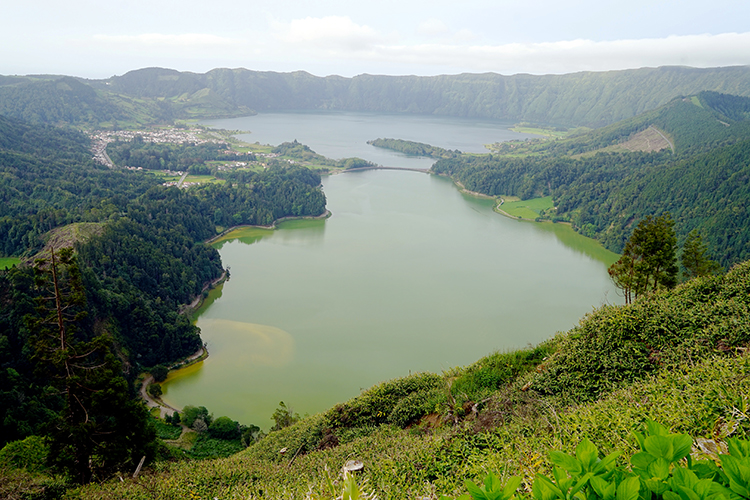
The exposed tips of vast underwater mountains, the Azores lie on the nexus of the European, American and African tectonic plates, and they bear witness to the forces forever shaping our planet. This is a world of fumaroles, mudpots and scalding springs; of caverns, columns and grottoes formed from once molten rock; of blue lakes ringed by forests of laurel and cedar, and green pastures patterning the slopes of calderas.
Unesco designated three of them (Graciosa, Flores and Corvo) as biospheres, and the archipelago also contains 13 Ramsar sites (important wetlands) and over 30 Blue Flag beaches. Combine mineral-laden soil with a subtropical climate surrounded by Gulf Stream-warmed waters, and the result is a crucible for life.
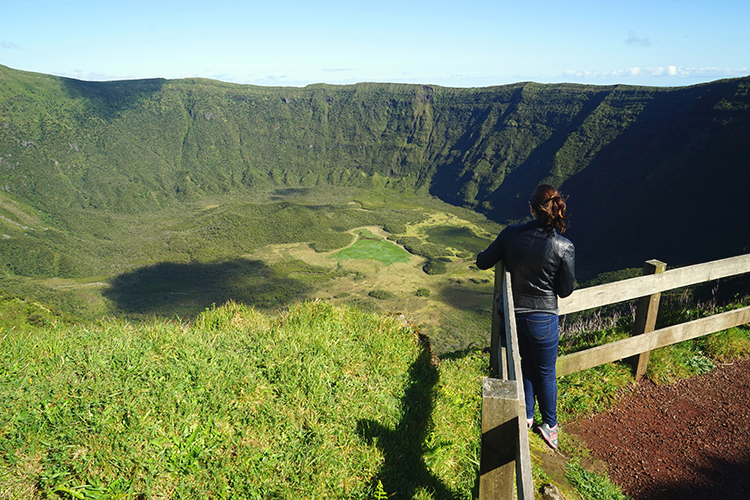
Thankfully, Azoreans seem intent on preserving their treasures – the built environment covers just five per cent of the land; the rest is a patchwork of protected areas and marine reserves. The regional government aims to produce 75% of the islands’ energy from renewables by 2018.
Little wonder then that last year the Azores were named as the world’s top destination for sustainable tourism by Quality Coast, a European Commission-supported certification programme. In fact, it is the only place in the world to receive a Platinum Award, the organisation’s highest accolade.
Whale watching
The Azores are best known for whale and dolphin watching; the archipelago is a pit stop or home for about a third of the world’s species of cetacean.
Year-round residents include sperm whales, common dolphins and bottlenose dolphins. Many other species (including blue whales – the largest animal in the history of the planet) pass through on migration routes.
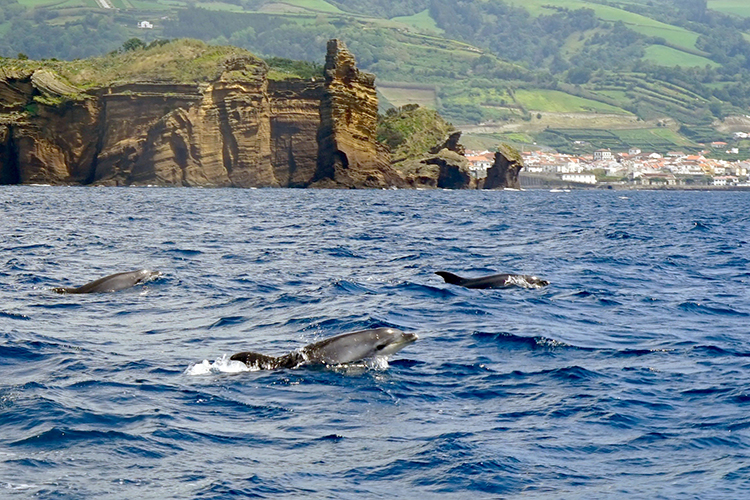
Well-organised tours run from the larger islands and go to great lengths to whale watch responsibly. A code of conduct governs how many boats can congregate near a whale, the direction from which they must approach the animals, and how long they’re allowed to shadow them.
Not so long ago, of course, people came armed with harpoons rather than cameras. Whale hunting – introduced by Americans in the 18th century – played a part in the Azorean economy until as recently as 1987. In one of many ironies, the vigia (watchtowers) once used for hunting these leviathans now help to steer tourist boats to their quarry. The Whalers’ Museum on Pico (espacotalassa.com) and the Whaling Station at Porto Pim on Faial tell the story of the industry and its demise.
Diving
Nutrient-rich water welling up from the deep – or rather the life it supports – is what attracts the whales; this is also what makes the Azores one of, if not the, best diving locations in the Atlantic. Warmed to between 17C and 24C, the seas truly teem, and visibility reaches 30 metres between May and October.
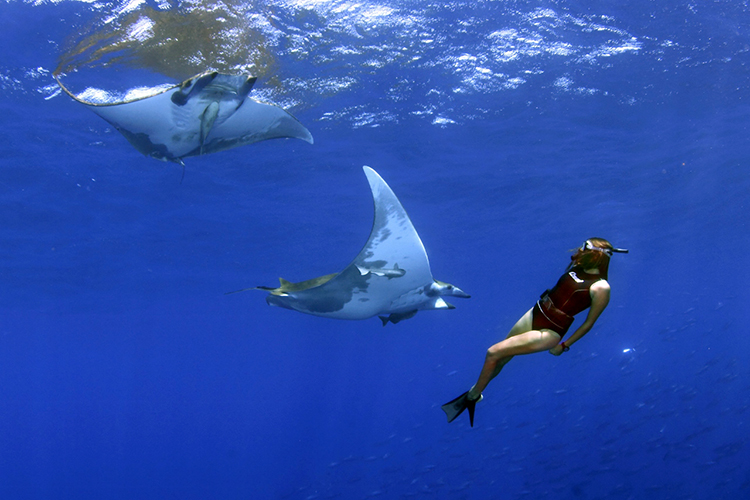
The kaleidoscope of species – from yellowmouth barracuda to devil rays, loggerhead turtles to slipper lobsters – arises from the extraordinary range of habitats. Wrasse, damsel fish and moray eels dwell in the coast’s jade-green bays; marlin, tuna and shark swirl around the peaks of barely submerged volcanoes; jacks, bonitos and grouper patrol the walls of underwater cliffs; more delicate life forms shelter in caves formed from lava tubes; and countless other species take up residence in the shipwrecks cluttering the seafloor.
All the islands apart from São Jorge and Corvo have accredited dive centres offering excursions and equipment hire (dive.visitazores.com).
Watersports
The mild weather, warm water and variety of the coastline also make the Azores a year-round destination for watersports.
The attractions for sailors are obvious and Azorean harbours host a calendar of regattas and events. Horta, the main town of Faial, is the cosmopolitan centre of this transatlantic traffic, and its marina has become an open-air gallery of murals painted by superstitious crews before they depart on their voyages.
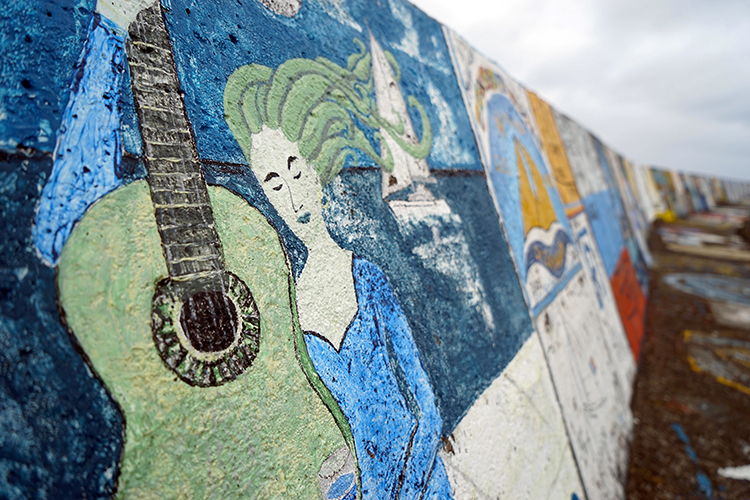
Over the last decade, word of the Azores’ consistent, crowd-free surf has spread; Santa Maria and São Miguel have reliable beach and point breaks; aficionados, meanwhile, head to the fajãs (flat land at the foot of cliffs) of São Jorge, where the Atlantic crashes upon reefs to create longer, tube-shaped waves.
The conditions also make for great windsurfing, kayaking, stand up paddle boarding, and other water-based activities, while those seeking something more restful can always take a dip in one of the swimming holes formed by lava as it cooled flowing into the sea.
Geotourism
Anyone remotely interested in geology will be in their element. The islands’ topography speaks of their volcanic origin in dramatic fashion, but there is more to see than just craters and cones; cave systems, rock formations, hot springs, and further ‘mistérios’ (mysteries, the name given to lava-covered patches of land) await investigation.
The Capelinhos volcano that surged up from the seabed off Faial in 1957 is one of the best documented sites in the world (turismo.cmhorta.pt); the interpretation centre beneath its now abandoned lighthouse does a superb job of explaining the Earth’s occasional convulsions.
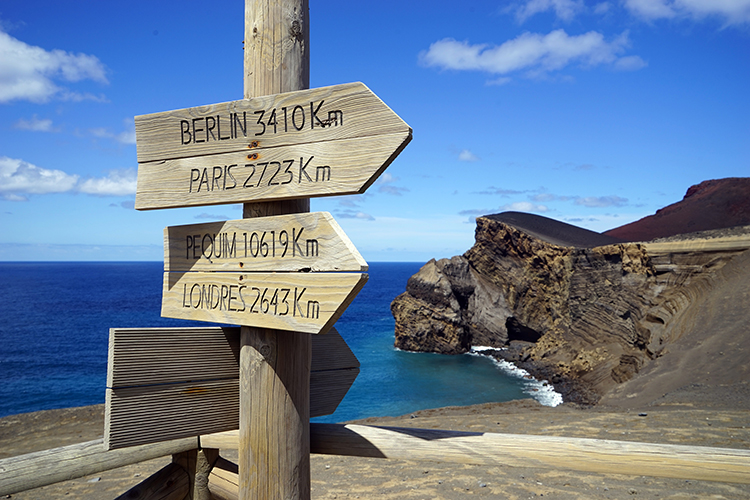
On Pico, you can descend into one of the world’s longest lava tubes, the Gruta das Torres (parquesnaturais.azores.gov.pt), to inspect rare stalagmites of lava, as well as bizarre forms resembling benches, balls and lengths of rope.
Aside from a beautiful lake, the parish of Furnas on São Miguel has crowd-pleasing volcanic activity, including fumaroles and mudpots; Azoreans use the thermal heat to slow-cook their traditional cozido, a stew of meat and vegetables, under the ground. Try it, pig’s ear and all, at the art deco Terra Nostra Hotel (bensaude.pt/terranostragardenhotel), then slip into the thermal pool in the adjacent botanical gardens.
Hiking
At 7,713ft, Mt Pico is Portugal’s highest mountain. If conditions are right, the three-hour climb to catch sunrise or sunset is the Azores’ premier hiking experience; however, it faces stiff competition with about 60 marked trails crisscrossing the islands (trails.visitazores.com).
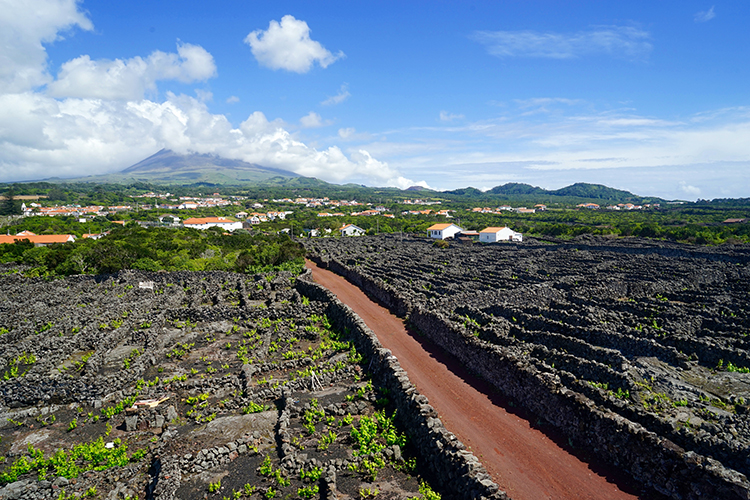
A brochure shot par excellence, the twin crater lakes of São Miguel’s Setes Cidades are the focus of several routes. The two-hour trip from the Vista da Rei viewpoint to the caldera’s floor is a good primer to Azorean walking, but a hike down to the shore of mist-obscured Lagoa do Fogo has the edge.
Composed of a sheer-sided ridge, São Jorge is a hiker’s daydream, but those whose eyes are forever drawn to the edges of a map should probably look to far-flung Flores, the westernmost point of Europe, a real-life Jurassic Park praised for its beauty even among Azoreans. And they should know.
Other adventure sports
Fans of adventure sports might find themselves paralysed by indecision, such is the choice on offer.
The many waterfalls cascading into ravines make for world-class canyoning. Between them, São Miguel, Santa Maria, São Jorge and Flores have more than 50 equipped routes, from small drops for beginners to hair-raising descents for pros.
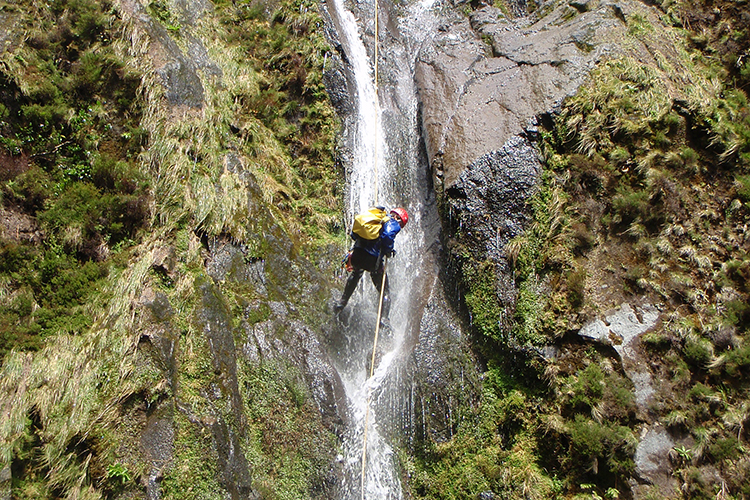
Horse riders and mountain bikers are well catered for, and both forms of transport fit the islands’ eco-friendly ethos. São Miguel, Terceira and Faial have stables, and you can hire bikes on São Miguel, Santa Maria, Terceira, São Jorge, Pico and Faial, with trails ranging from ultra-technical tracks to gentle lakeside circuits.
The Azores have also hosted a paragliding festival for the past 20 years (asassaomiguel.com). The rims of São Miguel’s craters make for ideal take-off points, and there can be no better way of appreciating this fantastical landscape than from above.
How to get there
Azorean airline SATA (sata.pt) flies direct from a dozen destinations in Europe and four in North America. Budget carriers Ryanair (ryanair.com) and easyJet (easyjet.com) shook up the local industry by introducing flights to the Azores earlier this year.
Travel between the islands
SATA runs daily flights between the islands. Alternatively, you can explore them all in leisurely fashion by ship with Atlanticoline (atlanticoline.pt), or hop between São Jorge, Pico and Faial by ferry with Transmacor (transmacor.pt).
James Kay travelled to the archipelago with support from Visit Azores (visitazores.com). Lonely Planet contributors do not accept freebies in exchange for positive coverage.